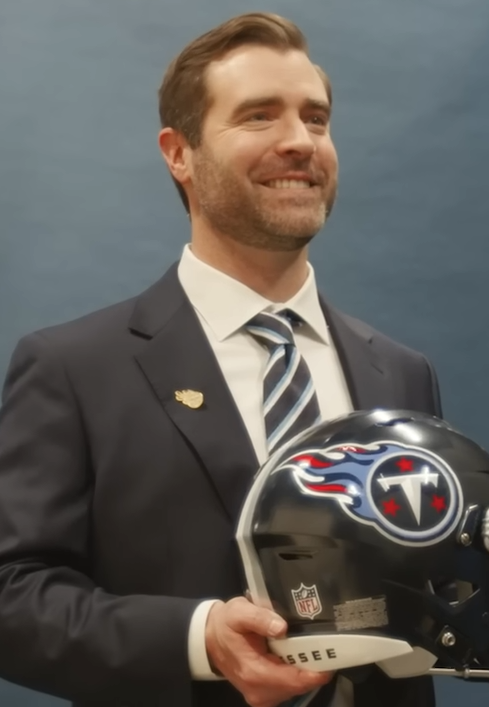The NFL has entered uncharted territory. For the third straight year, a franchise that drafted a quarterback first overall has fired its head coach before that rookie’s first season ended. Bryce Young (Panthers, 2023), Caleb Williams (Bears, 2024), and Cam Ward (Titans, 2025) have each witnessed their teams overhaul leadership within months of their debuts — a sign of how fragile franchise-building has become in the modern league.
Tennessee’s decision to part ways with Brian Callahan after a 1–5 start continued the streak. His dismissal marks yet another instance where ownership opted for immediate change rather than patient development, despite the organization’s investment in a young signal-caller meant to be the future cornerstone.
Context: Firing Coaches Midseason Remains Uncommon
Despite the attention such moves draw, in-season head coach firings remain rare. According to NFL records, only 12 head coaches were let go midseason from 2010 to 2024. Most of those cases share a common theme: stalled quarterback development and locker-room instability.
When a top draft pick struggles early — especially a quarterback — the spotlight intensifies. Expectations for instant results, combined with massive rookie contracts and media scrutiny, make it increasingly difficult for first-year coaches to survive a rough start.
The Pressure of Developing No. 1 Picks
For organizations drafting a quarterback at No. 1, the margin for error is thin. These teams typically enter rebuilds with fan bases expecting rapid transformation. When early offensive results falter, blame often shifts swiftly toward the coaching staff.
Bryce Young’s Panthers, Caleb Williams’ Bears, and Cam Ward’s Titans all faced similar narratives: offensive inconsistency, poor protection, and questions about scheme fit. The result has been a revolving door of leadership, leaving young quarterbacks to adjust to new playbooks and philosophies just months into their careers.
Visualizing the Fallout
Accompanying images of the three quarterbacks in uniform juxtaposed with a “Breaking News” graphic of Brian Callahan’s firing capture the moment’s symbolism — a cycle of hope, struggle, and upheaval. Each snapshot tells the story of how the NFL’s impatience for progress can derail even the most promising franchise plans.
What It Means for Future Rebuilds
As the league trends toward faster turnarounds and higher expectations, the challenge for teams is balancing patience with accountability. Developing a young quarterback takes time, stability, and consistent coaching — three luxuries few franchises seem willing to afford.
The recent firings serve as a cautionary tale: unless organizations commit to long-term growth, even the most talented No. 1 picks may find themselves trapped in perpetual rebuilds.

